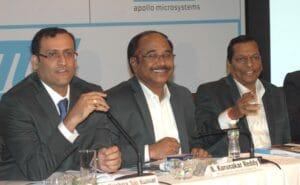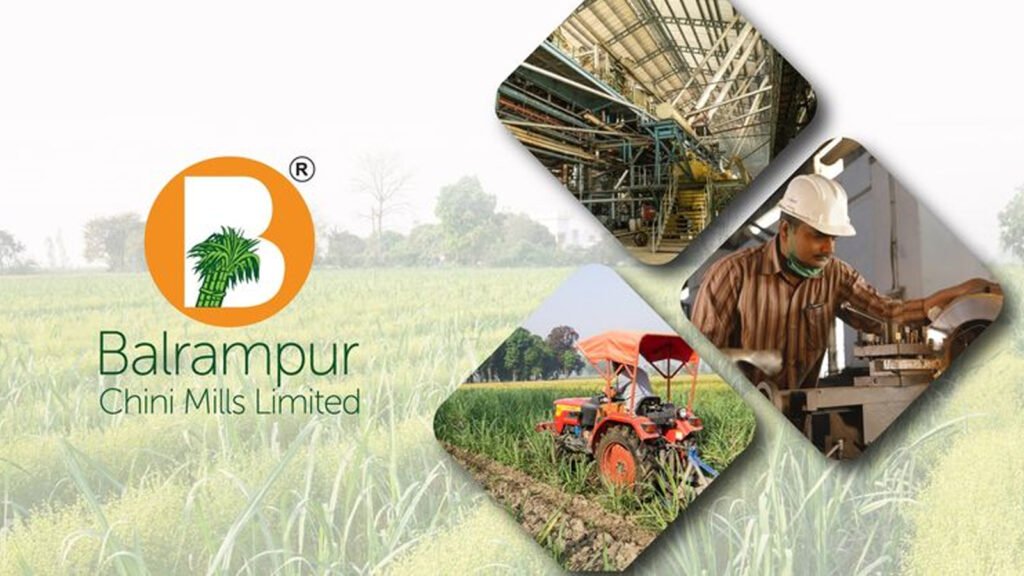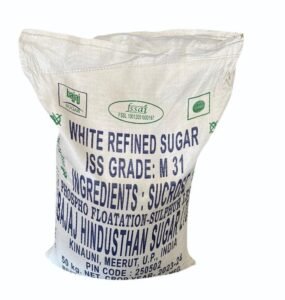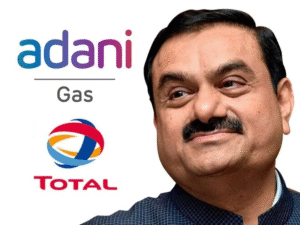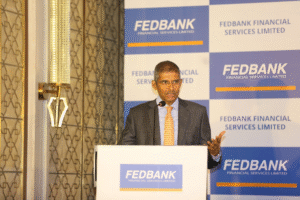1. At a Glance
Balrampur Chini Mills Ltd (BCML) is India’s sugar kingpin — churning out enough sugar to give the country a collective sugar rush, plus a little ethanol to sober it down. At ₹555/share and a ₹11,206 Cr market cap, it’s sweet on the outside but the latest results show Q1 FY26 profit melting faster than ice in a July wedding. Still, it’s one of the most efficient integrated sugar players with distilleries and power generation on the side — because why just make sugar when you can also make electricity and alcohol?
2. Introduction
Imagine running a business where your main product can cause diabetes, but your side product can fuel carsandparties. That’s BCML for you. Founded decades ago, they’ve grown not just by squeezing sugarcane but also by squeezing competitors out through capacity expansion and acquisitions.
FY25 was… let’s say, a mixed bag of sweets. Revenue stayed steady at ₹5,536 Cr (TTM), but PAT slipped 21% YoY. Q1 FY26 was worse: revenue ₹1,542 Cr, PAT ₹43 Cr — a26% drop in quarterly profit. Blame it on lower sugar prices, ethanol policy changes, or maybe the company spending too much time on fancy investor decks.
Yet, BCML is not your average “sell sugar, pray for monsoon” company. They’ve built an empire with three engines: sugar, ethanol, and co-gen power. And with India’s ethanol blending program, they have a policy tailwind… unless the government changes its mind mid-harvest, which happens.
3. Business Model (WTF Do They Even Do?)
BCML’s core business is sugar manufacturing — crushing millions of tonnes of cane annually. But that’s only Act 1.
Act 2:Distillery Operations– They convert molasses (a by-product) into ethanol. This fuels India’s ethanol blending program and provides BCML with a steady, non-seasonal revenue stream.
Act 3:Co-generation Power– Cane waste (bagasse) is used to generate electricity, which they sell to the grid.
This
diversification is their moat — sugar cycles are notoriously volatile, but ethanol and power cushion the blows. It’s like a cricket team where the opener keeps getting out for 5 runs, but the middle order (ethanol) saves the game.
4. Financials Overview
Let’s rip the band-aid.
- TTM Revenue:₹5,536 Cr
- TTM EBITDA:₹672 Cr (EBITDA margin ~12%)
- TTM PAT:₹418 Cr (Net Margin ~7.5%)
- Q1 FY26 Revenue:₹1,542 Cr (+8% YoY)
- Q1 FY26 PAT:₹43 Cr (-26% YoY)
P/E Recalculation:Q1 EPS = ₹2.55 ⇒ Annualized EPS ≈ ₹10.20CMP ₹555 ⇒ P/E ≈54.4(yep, almost double the reported 26.8 because the current quarter was weak).
Commentary: The market is clearly betting on a recovery or loves paying premium for sugar-coated promises.
5. Valuation (Fair Value Range)
| Method | Calculation | FV (₹) |
|---|---|---|
| P/E Method | EPS ₹20–22 × P/E 18–20 | 360–440 |
| EV/EBITDA | EBITDA ₹672 Cr × 8–9 EV/EBITDA – Net Debt ₹1,650 Cr | 420–470 |
| DCF (10% WACC, 4% growth) | Based on 5-yr cash flow projection | 400–450 |
Fair Value Range:₹400 – ₹470
This FV range is for educational purposes only and is not investment advice.
6. What’s Cooking – News, Triggers, Drama
- Q1 FY26 resultsdisappointed with a





